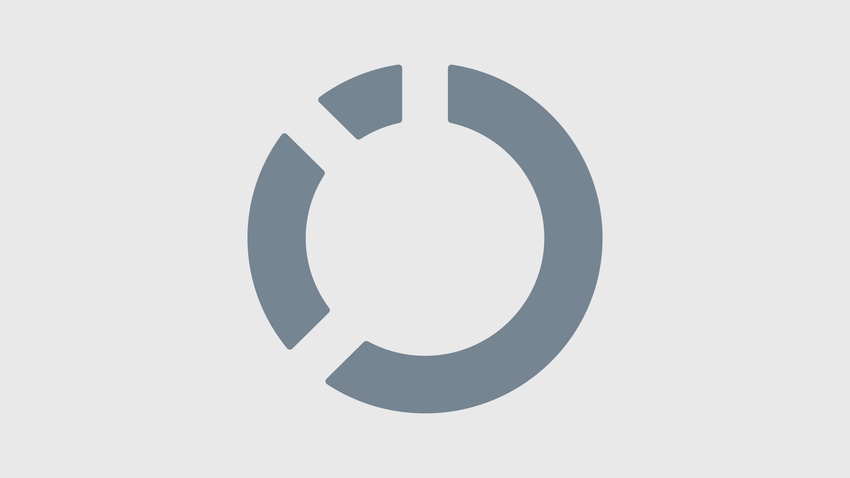PDA's from yesteryear had a screen that was resistive. It works great with a stylus, or any pointed object that was hard enough to press down on the screen but not so hard as to scratch it. Windows Mobile devices currently use this type of screen. For finger touch though, capacitive screens work much better, such as the screen on the iPhone. These screens track the electrical current from your finger. The problem is, a stylus doesn't work on that type of screen, which can present problems of its

PDA's from yesteryear had a screen that was resistive. It works great with a stylus, or any pointed object that was hard enough to press down on the screen but not so hard as to scratch it. Windows Mobile devices currently use this type of screen. For finger touch though, capacitive screens work much better, such as the screen on the iPhone. These screens track the electrical current from your finger. The problem is, a stylus doesn't work on that type of screen, which can present problems of its own.HTC has applied for a patent according to WMPowerUser that will allow you to work on a capacitive screen with a stylus. This has several advantages. First, in many Asian countries with more complex character sets, a stylus is far and away the best method for text entry compared to your finger. Second, there may be programs that can benefit from the finer control a stylus gives, such as a graphical program.
In doing this, HTC is trying to bring together the bet of both capacitive and resistive worlds. From the patent application:
However, in order to cater to the user's operation mode of using a finger, icons displayed on a screen must be configured in an appropriate size to prevent the user from miss touching the icons. Furthermore, a part of the screen is often shielded by finger of the user when the capacitive touch panel is used. Moreover, a conventional stylus has a small head, so that a user can click small icons conveniently, but the conventional stylus is only applicable to resistive touch panels, but not applicable to capacitive touch panels.
This will give manufactures more options to cater to different markets. It will also allow software developers to not feel so constrained. Even when it comes to data input, sometimes I'll switch my phone into handwriting recognition mode and just write on the screen with a stylus, something that would be awkward at best with your finger.
About the Author(s)
You May Also Like





